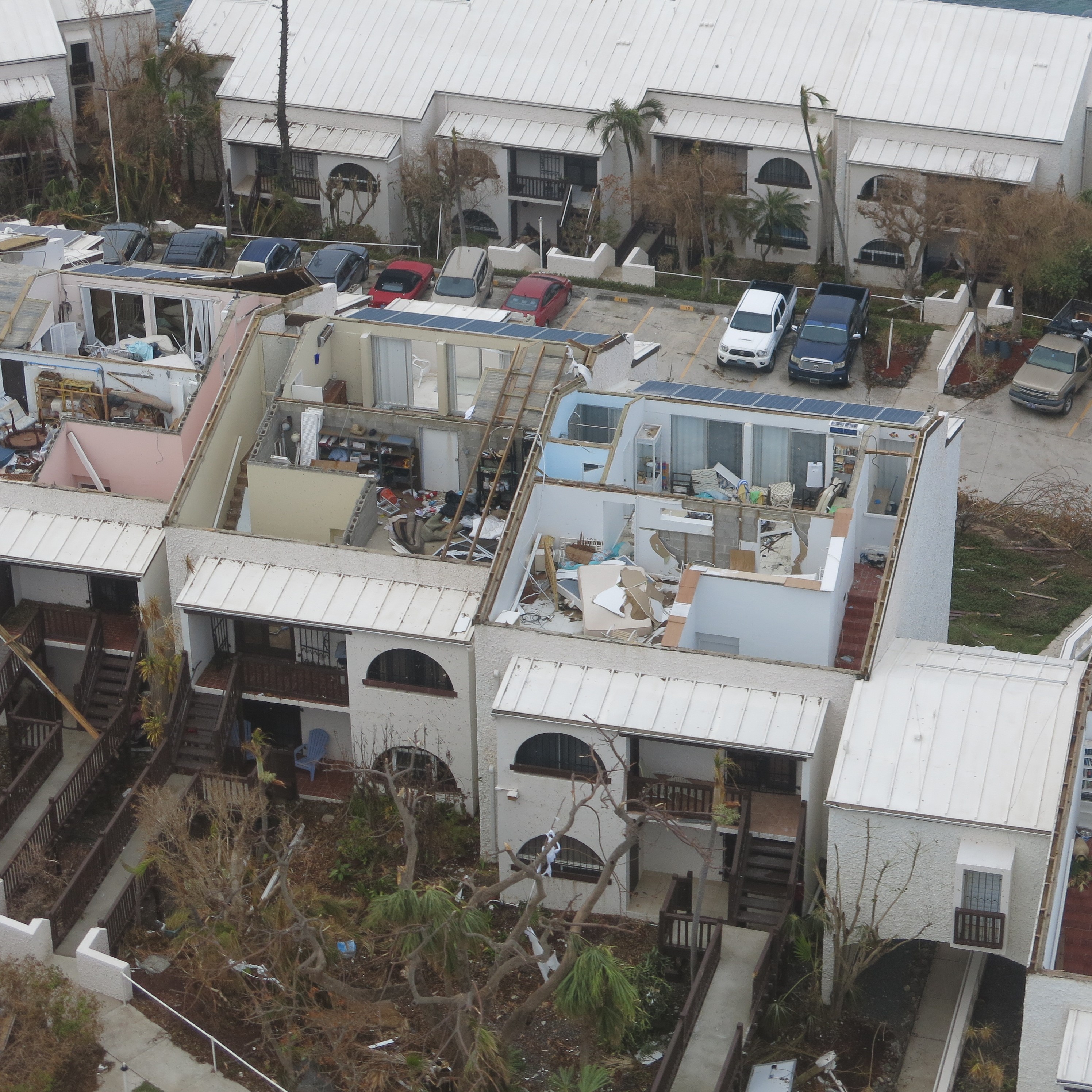
Hurricane Ties - Keeping the Lid On
[fa icon="calendar'] Nov 21, 2017 10:00:00 AM / by Kenneth R Quigley, PE
With the 2017 hurricane season coming to an end Harvey, Irma, Jose, and Maria affected large parts of the USA and Caribbean. Examples of roof uplift can be found in numerous structures. If a roof is not properly tied down the entire roof structure can be blown away as in this photograph from St. Thomas.
When hurricanes or high winds strike buildings the roofs can be sucked upward in the same manner as an airplane wing. In extreme cases the entire roof structure can get sucked off the building. Newer, hurricane-resistant structures incorporate hurricane ties - metal straps which attach the roof securely to the main part of the house below. Parts of the house are also tied together all of the way down to the foundation providing a path for the roof uplift forces all the way to the foundation. Without these ties, strong winds will make quick work of a roof.

Mold in walls after a hurricane or flooding
[fa icon="calendar'] Oct 19, 2017 4:00:00 PM / by Robert Pfeifer, AIA
Excessive growth of mold can destroy building materials and also cause health problems.
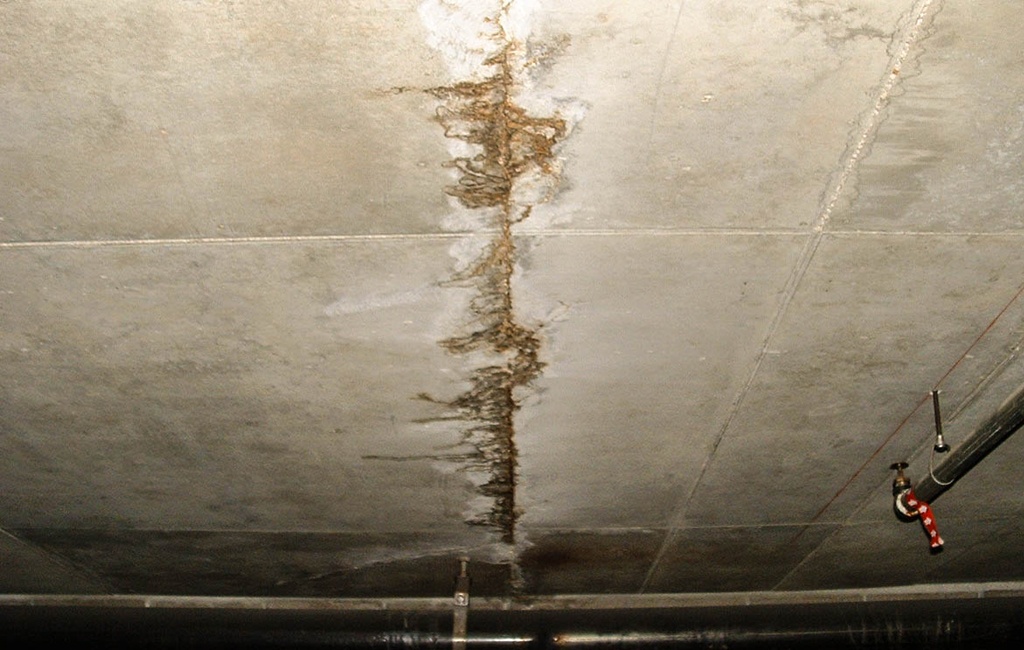
Water Damage During Construction
[fa icon="calendar'] Oct 11, 2017 3:55:00 PM / by Robert Pfeifer, AIA
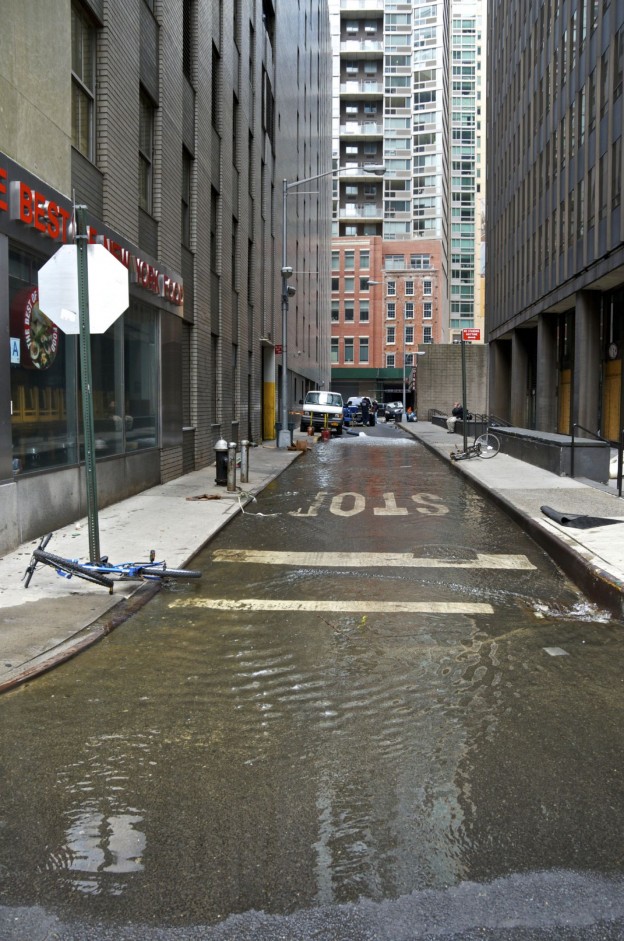
Protecting Infrastructures from Major Floods
[fa icon="calendar'] Sep 14, 2017 4:00:00 PM / by Kenneth R Quigley, PE
Flooding has dominated much of the news in recent years and this hurricane season it seems to be even more prevalent. The impact of this flooding is greater due to growing infrastructure and the rapid rate that new construction is going up.
Concrete is the modern world’s most commonly used building material however century-old concrete structures are outlasting modern concrete structures erected in the last 50-years. Why? One factor is the way in which the buildings are reinforced. According to a recent article in The Construction Specifier, instead of using solid stone, most U.S. infrastructure is constructed of reinforcing steel embedded within poured concrete. As the priorities of construction methods shift to increase productivity and streamline scheduling, long-term durability often takes a backseat.
The following article provides case studies about different reinforcement methods being employed to protect against major flooding. Read more.
Read More [fa icon="long-arrow-right"]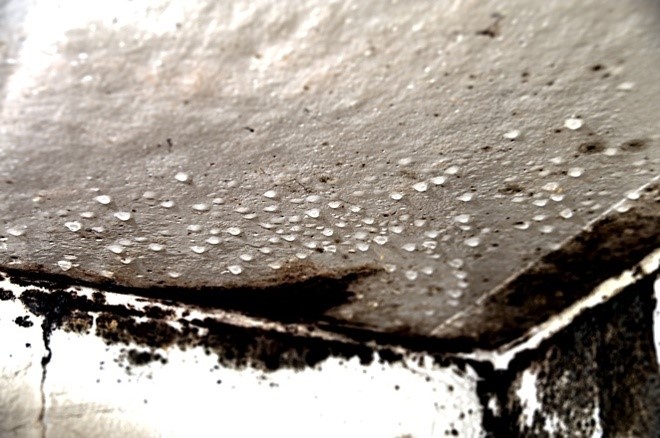
Mold Within City Buildings: A Common & Growing Issue Part 2
[fa icon="calendar'] Jul 20, 2017 2:52:00 PM / by Morris Yarjovski, CCPM, CCI
Part two of a three part series
In older buildings, the facility needs to be reviewed diagnostically. By that, I mean, the structure needs to be analyzed for what may be producing a problem, and not just from what can be designed better. In other words, we need to observe the sources that contribute to the growth of mold within the aging structure.
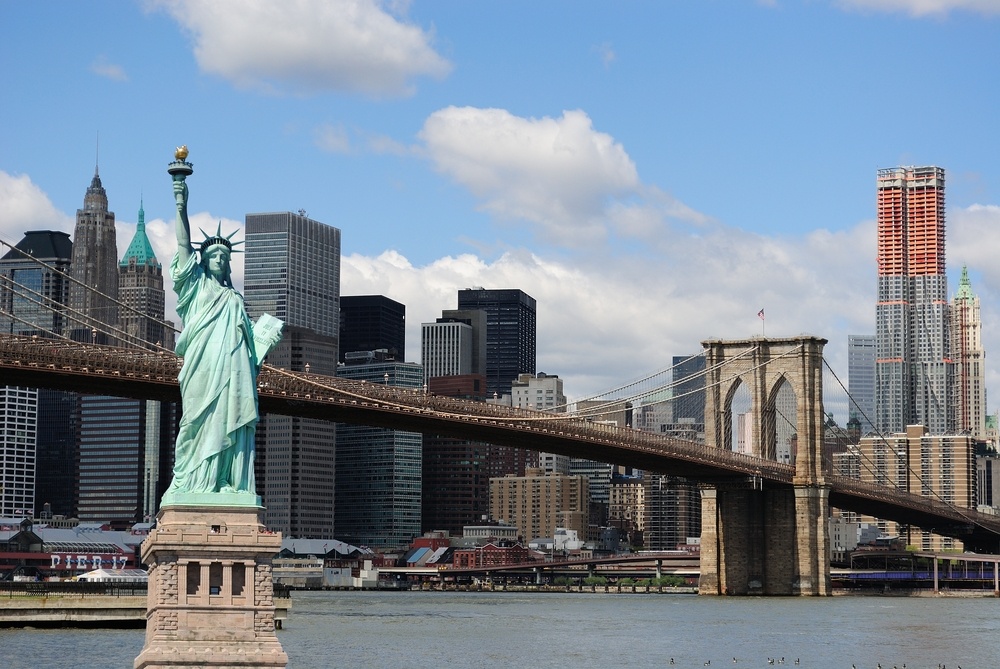
Mold Within City Buildings: A Common & Growing Issue
[fa icon="calendar'] Jun 20, 2017 7:48:22 AM / by Morris Yarjovski, CCPM, CCI
Part one of a three part series
If one was to do a random inspection for mold in a large city, like New York City, the likelihood of encountering it would be relatively high.

Avoiding "New Home Heartbreak"
[fa icon="calendar'] Jun 1, 2017 3:38:03 PM / by Diana Bass
Since 2010, more than 200 complaints about new home construction have been received by the the Indiana Attorney General's Office. Poor workmanship and failure to honor a warranty are some of the common complaints against builders.
Partnering with Call 6 Investigates in Indianapolis, ABC News recently interviewed CCA's CEO Mark McGivern. As a construction defect expert, McGivern provided perspective and insights into this situation:
Construction expert Mark McGivern said water intrusion is the biggest -- and the most expensive -- problem homeowners face.
"In some cases, it can cause mold, which then becomes a health concern," said McGivern, CEO of Construction Consulting Associates.
McGivern said there are a number of things a homeowner can do to protect themselves.
“Be an informed and educated consumer, and whether you’re buying a $200,000 house or a $2 million house, the rules apply as just good common sense,” said McGivern.
Watch the news story and hear more of McGivern's insights at the Call 6 website.
Read More [fa icon="long-arrow-right"]Flood protection design and construction since Katrina
[fa icon="calendar'] Nov 5, 2015 12:51:08 PM / by Kenneth R Quigley, PE
In the wake of the 10th anniversary of Hurricane Katrina earlier this year, Engineering News-Record reported on the current state of the flood protection system in place, and the changes that have been made since the storm.
"The fact that floodwalls around New Orleans were designed to be overtopped but remain standing says much about the post-Katrina hurricane-protection system that rings the city—and about the risks that those who live within that system still face.
Read More [fa icon="long-arrow-right"]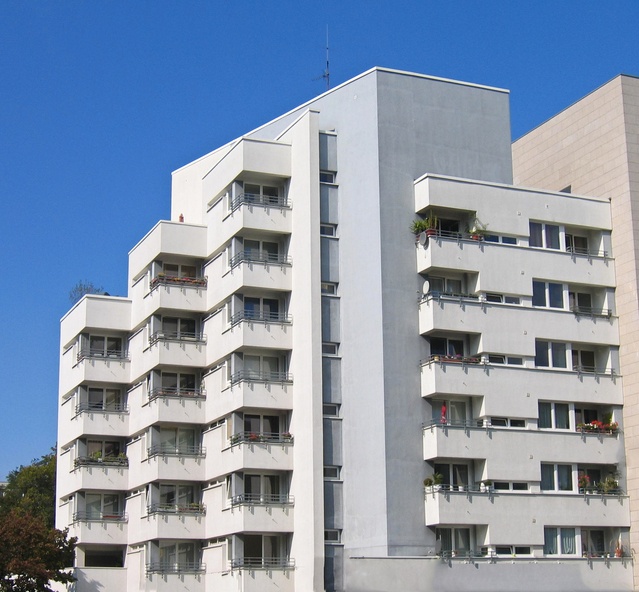
Balcony Issues: Common Structural Failures
[fa icon="calendar'] Aug 11, 2015 1:30:30 PM / by Greg Hoyt, PE
As I noted in my last blog post, and as recent news stories reveal, wood rotting and structural failures of balconies and decks can have costly consequences. The structural design and construction of decks and balconies, including their guardrails (or handrails) are critical for the safe performance of these structures and to avoid structural failure.
Signs of common balcony and deck structural failures
Of course, if you have questions concerning the structural integrity of your balcony and deck, it’s best to call a structural engineer to inspect the property and provide a professional opinion. In Boston, property owners are required to have certain facades inspected and certified within every five years. While this is not required for all properties, it is a good idea to schedule an inspection for your property’s balconies and/or decks within this time frame.
Read More [fa icon="long-arrow-right"]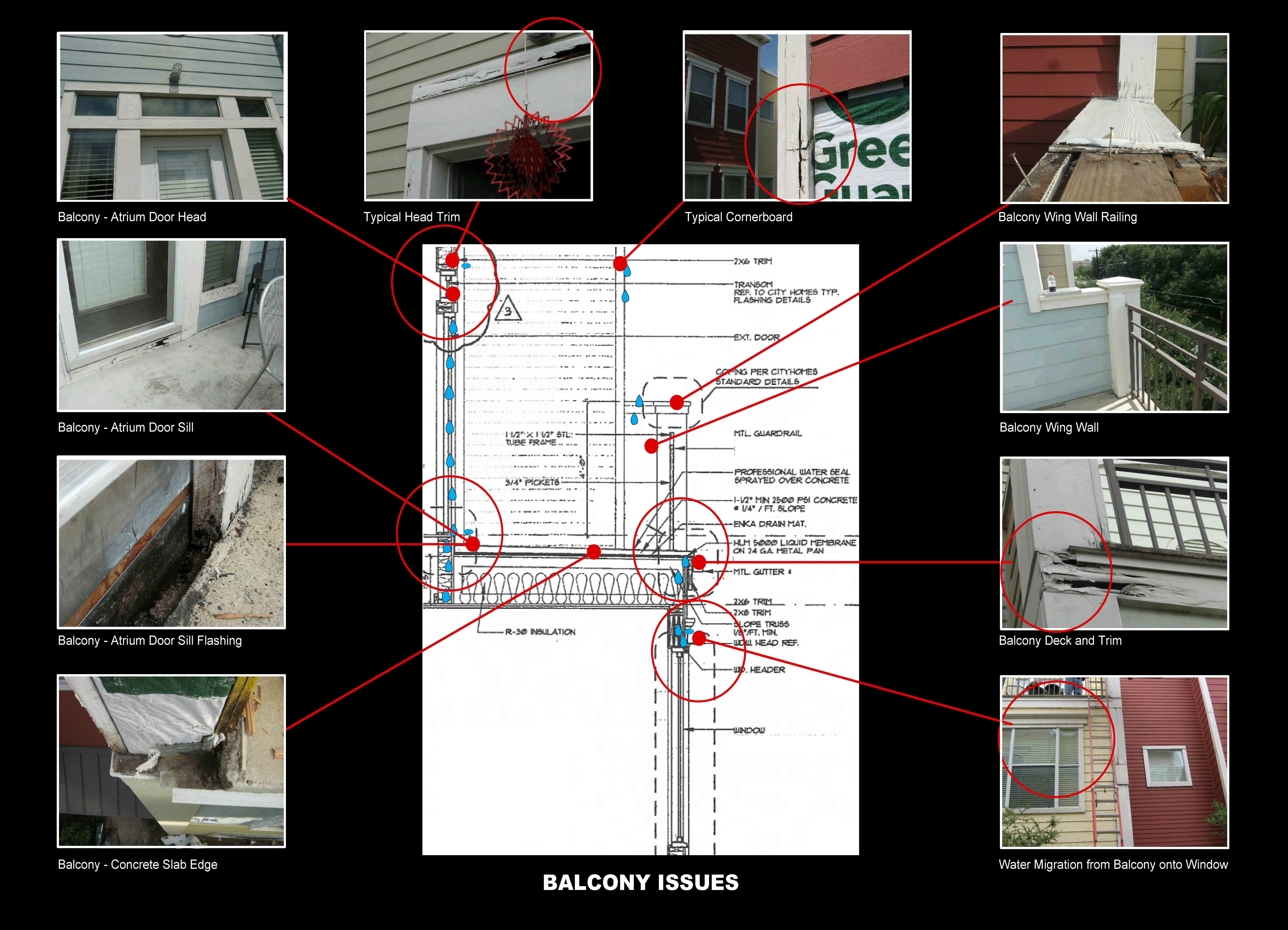
Common Balcony Issues: Water Intrusion Due to Construction Defects
[fa icon="calendar'] Jun 22, 2015 2:17:38 PM / by Adrienne K. Paskind, AIA
There is no shortage of news stories about balcony failures. From the recent collapse in Berkeley, California to The New York Times report on construction defects following a Brooklyn housing boom, balcony and deck construction defects and the possible devastating consequences and law suits make for attention grabbing headlines - and should be of concern to any home or building owner.
Read More [fa icon="long-arrow-right"]
